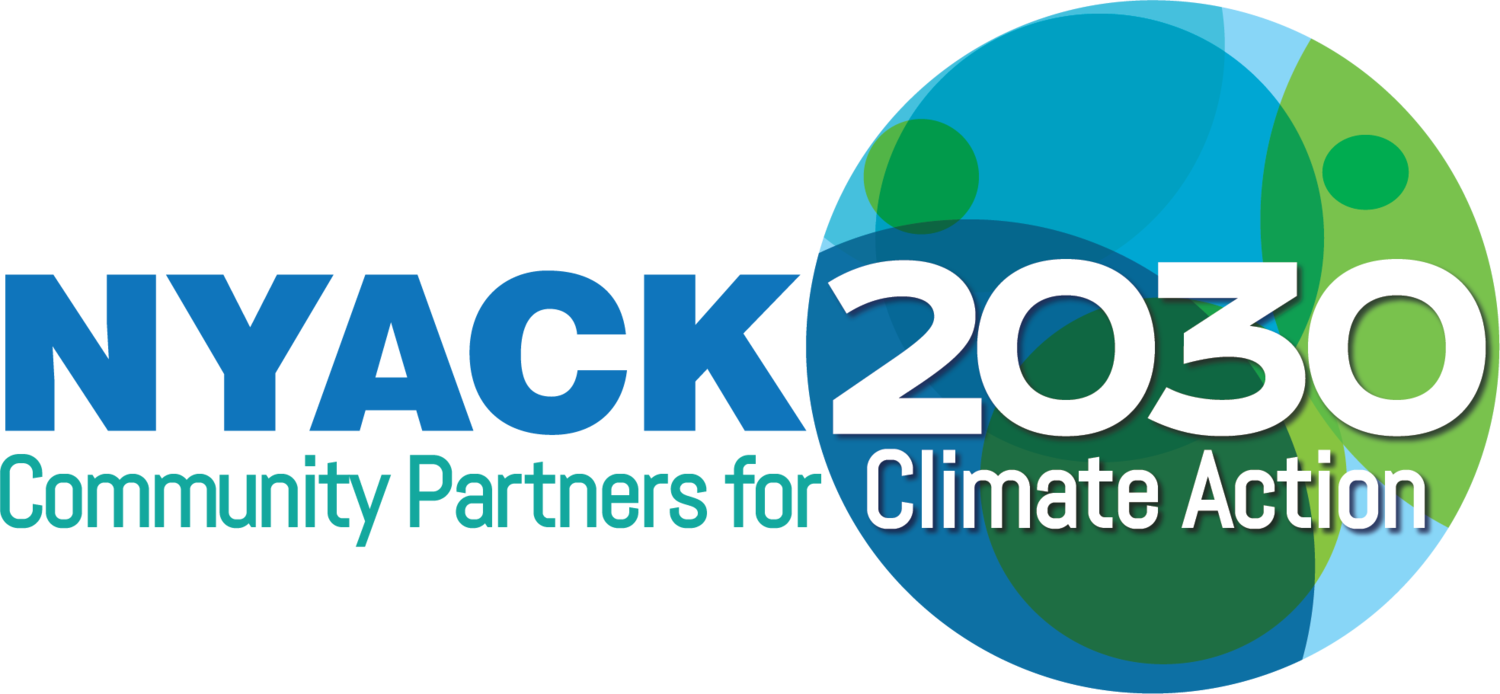
MATERIALS SOLUTIONS
A small fraction of the emissions from the materials we consume is from landfilling, and the rest is primarily from manufacturing those materials. That means that in our waste management programs we need to consider more than simply how much we recycle or truck away. We need to consider the production and disposal impacts and chemical components of all the things we use. Our goals for resource conservation and pollution reduction need to be based on life-cycle analysis, and this applies to everything from coffee cups to concrete.
Materials Solution One
REDUCE FOOD WASTE
EPA estimates that more food (over 76 billion pounds per year) reaches landfills and combustion facilities than any other material in everyday trash, constituting 22% of discarded municipal solid waste. ( EPA Food Loss and Waste Factsheet January 2020)
Tackling food waste is key for reducing emissions from food production, transport and waste disposal.It is also a way to reduce pressure on land and water resources and preserve ecosystem health. And managing our food resources better means more food to nourish everyone.
The Zero Waste Kitchen at RCC Culinary Arts Center
The Culinary Arts Center curriculum includes teaching students in the Service Learning Program about zero food waste, sustainability, and green practices. Students prepare food for local soup kitchens and food pantries in the program.
Town of Greenburgh food scrap receptacles
Backyard composting and/or curbside pickup
Replace this image with one of the drop off kit
Village discussion with RCSWM
More Resources
Case Study: Onondaga County Award-winning Municipal Composting Program
Climate Smart Communities Action___________
Materials Solution Two
REDUCE, REUSE, AND REPAIR
Prioritizing environmental protection in our decisions about materials means that we need to use materials more productively, demand better alternatives from manufacturers and adopt new practices to use less and reuse more.
More Resources
Climate Smart Communities Actions___________
Materials Reuse in Construction
New building and home construction tends to rely on products wood, concrete and steel. To the extent some of the materials can be substituted with reclaimed or recycled materials, tons of waste can be diverted from landfills. Composite and engineering lumber products utilize high percentages of reclaimed materials. Sourcing products carefully can not only reduce landfill waste, but some products are certified as low-emissions and result in a healthier indoor environment.
Municipalities can establish policies that reduce construction and demolition (C&D) debris— waste that is generated during new construction, renovation, and demolition of buildings, roads, and bridges. Since landfill space is increasing limited, and the cost of landfill disposal is rising there is now a greater emphasis on reusing, re purposing and recycling C&D materials.
Nyack 2030 will explore policy and programs on C&D waste Read the guidance from the Climate Smart Communities Program here.
Repair Cafe
klklkl;k;kl;kl;;;l;klk;kl;kl;k;lkl;kl;kl;kl;kl;kl;kl;kl;kl;k;lkl;kl;kl;k;ll;kl;kl;kl;kl;l;kl;kl;kl;kl;kl;kl;kl;kl;kl;kl;k;lk;l’k;’;
Single Use Packaging
Single use packaging is made to be used once before it’s discarded or recycled. It includes things like paper and plastic grocery bags, coffee cups and take out containers as well as most product packaging. The most obvious problem with single use packaging is that producing, transporting, and disposing of it wastes resources and produces an enormous amount of greenhouse gases, and the clearest first step in solving the problem is to use less of it, by buying in bulk, using a reusable water bottle, or bringing your own shopping bag to the store. Locally we are already promoting action on this low hanging fruit. Thoughtful assessment of life-cycle impact should inform our local waste management policies and individual practices.
New York State Plastic Bag Ban
lfdklkkfals;fkla;skd;sakfl;
NYS Polystyrene Ban
fkdljkljdkljflksjklfjasklfjaskdlfjasf
Materials Solution Three
REFRIGERANTS - The Super Polluters
In 1987, the United Nations established the landmark Montreal Protocol with the aim of phasing out all refrigerants (as used in refrigerators, freezers and dehumidifiers as well as spray aerosols) known to be causing a hole in the ozone layer in the atmosphere and now the UN is predicting the ozone will fully recover to 1980 levels between 2050 and 2070.
Problem solved? Unfortunately, no. The replacements for ODSs are mainly hydrofluorocarbons (HFCs), which are incredibly intense greenhouse gases. While these refrigerants no longer deplete the ozone, they are so virulent they account for 5% of all greenhouse gases emitted in New York State.
What individuals can do.
When buying a new appliance, choose one with low-Global Warming Potential (GWP) refrigerants.
When working with HVAC techs, make sure they follow the rules.
Ask the HVAC tech about their recycling practices, they should spontaneously explain that recycling refrigerants is very important thing and should be willing to share details of how they recycle refrigerants.
When disposing of old appliances, make sure the refrigerant will be properly handled.If your old refrigerator is working you can have O&R pick it up and give you a $25 rebate. (Link) The Household Hazardous Waste Facility in Pomona accepts small appliances that contain refrigerants (dehumidifiers, window air conditioners).
When choosing a supermarket, support stores that have the EPA Green Chill Partnership certification. EPA partnership with food retailers to reduce refrigerant emissions and decrease their impact on the ozone layer and climate change.
Recovery tanks for recycling refrigerants are yellow and grey If your HVAC tech isn’t using a tank like that, they probably are not recycling the refrigerants.
Materials Solution Five
RECYCLING AND HAZARDOUS WASTE
Hazardous Waste Disposal
Ewaste South Nyack Nyack Upper Nyack









